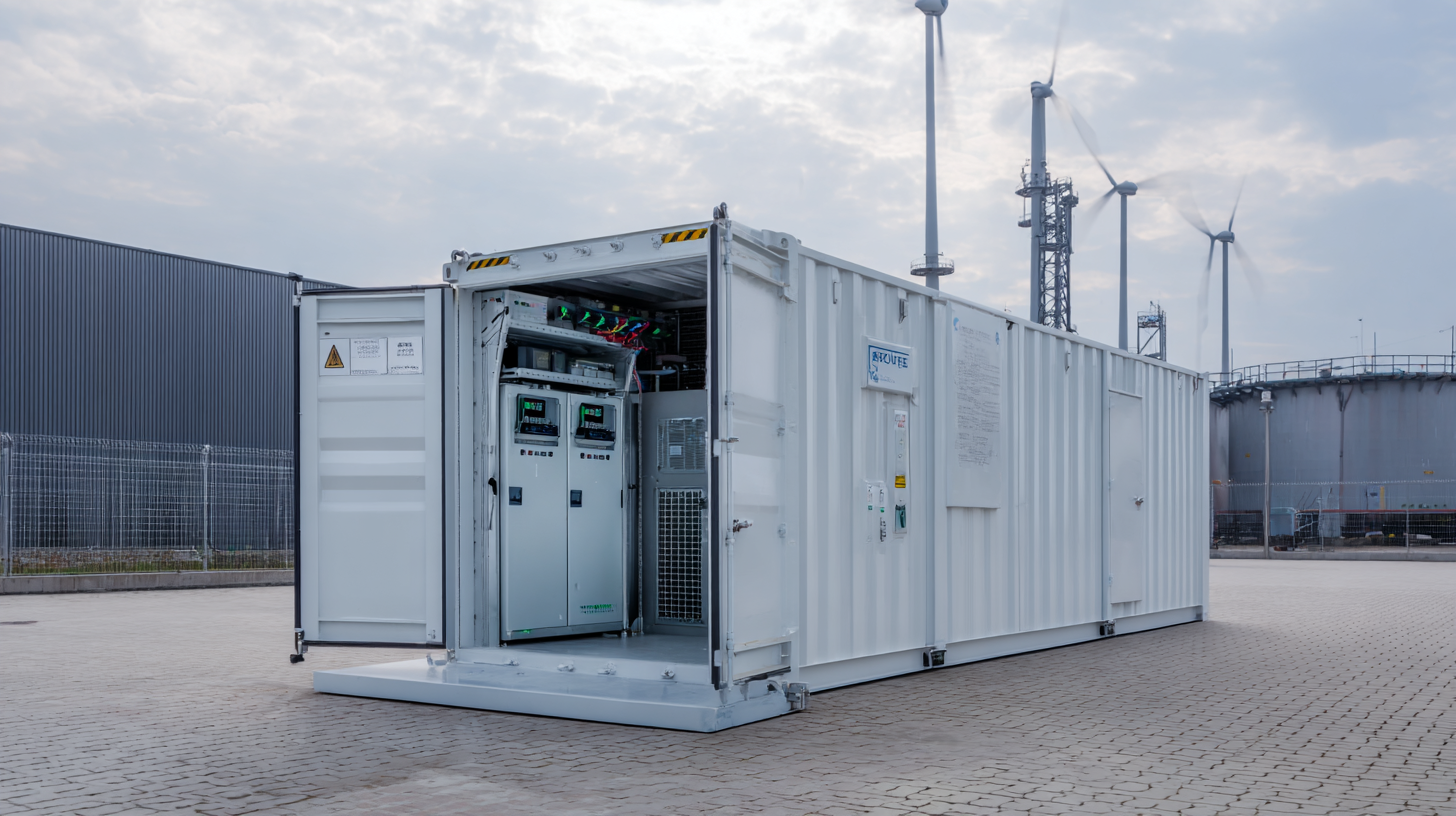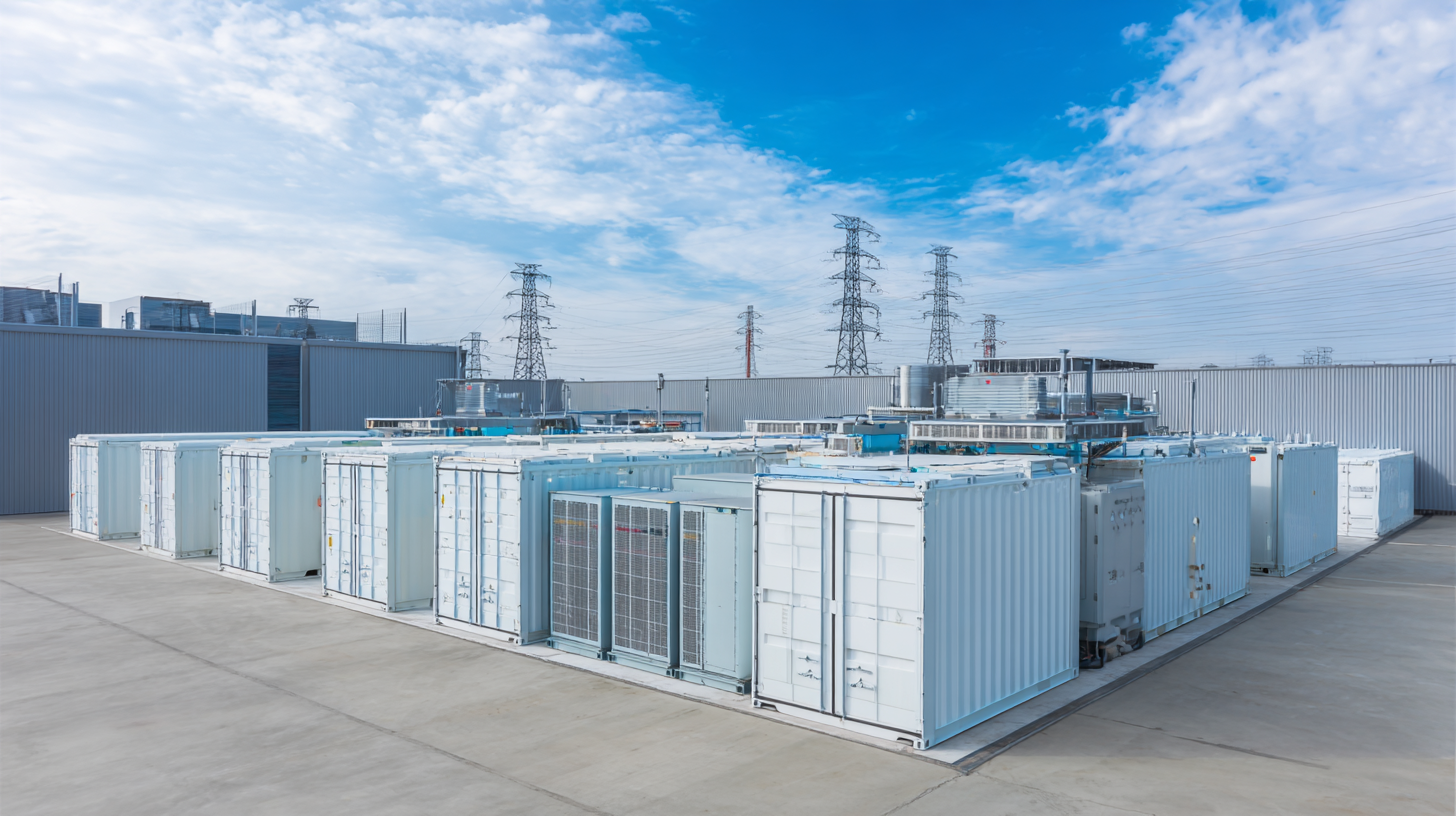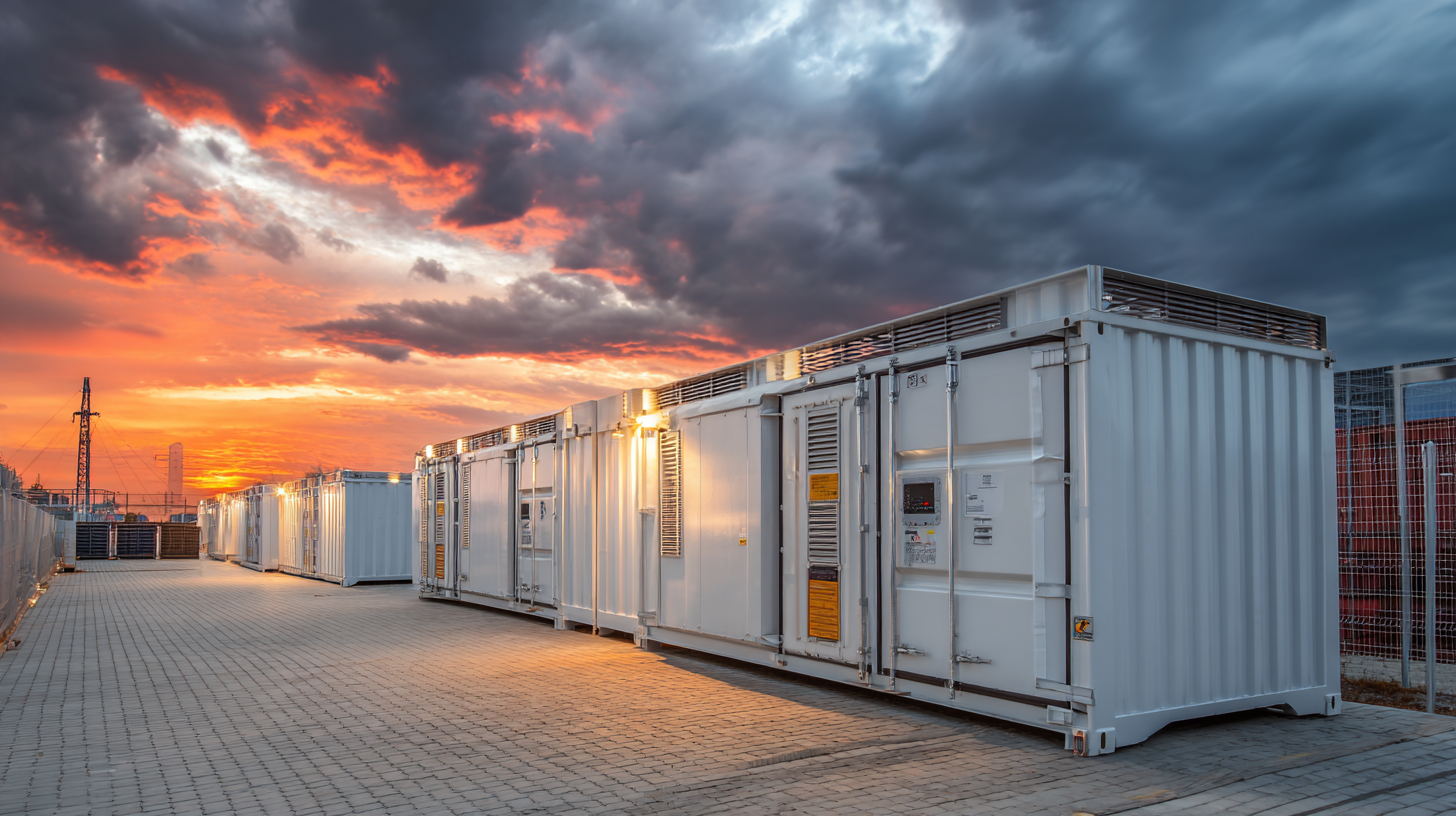As the world increasingly recognizes the importance of
renewable energy solutions, the demand
for efficient energy storage systems has surged, particularly in the realm of
AC Coupled Battery Storage. According to a report
by BloombergNEF, the global energy storage market is expected
to grow significantly, reaching 1,095 GWh
by 2040, driven by the push for cleaner energy and the integration of renewable sources.
 AC Coupled Battery Storage systems provide a versatile solution, enabling seamless
integration with existing renewable installations and offering enhanced grid stability.
With China's manufacturing prowess and commitment to quality, the country has
emerged as a key player in this sector, earning global respect for its innovative
technologies and reliable products. This blog explores 12 amazing facts
about AC Coupled Battery Storage that will intrigue global buyers seeking to enhance
their sustainable energy solutions.
AC Coupled Battery Storage systems provide a versatile solution, enabling seamless
integration with existing renewable installations and offering enhanced grid stability.
With China's manufacturing prowess and commitment to quality, the country has
emerged as a key player in this sector, earning global respect for its innovative
technologies and reliable products. This blog explores 12 amazing facts
about AC Coupled Battery Storage that will intrigue global buyers seeking to enhance
their sustainable energy solutions.
AC Coupled Battery Storage systems are becoming increasingly popular in renewable energy applications due to their impressive benefits. One of the top advantages is their ability to efficiently integrate with existing solar energy systems.
By allowing for the seamless addition of storage capabilities, these systems enhance energy independence, particularly in regions where grid reliability is a concern. This adaptability not only supports users during outages but also enables them to optimize their energy use and savings in real-time.
Another significant benefit of AC Coupled Battery Storage is its scalability. Unlike traditional storage systems that may require complete overhauls of existing infrastructure, AC Coupled solutions allow users to add batteries as needed.
This flexibility is crucial for both residential and commercial applications, enabling users to start small and expand their systems over time in alignment with their energy needs and budget. Additionally, with the growing global emphasis on renewable energy, AC Coupled systems support the transition towards more sustainable energy practices, contributing to a decrease in greenhouse gas emissions and a move away from fossil fuel dependency.
AC coupled battery storage systems have gained significant traction in the renewable energy market due to their unique advantages. One of the key features that make these systems stand out is their flexibility in integrating with existing solar photovoltaic (PV) installations. According to a report by Wood Mackenzie, the global market for AC coupled systems is projected to grow by over 20% annually through 2025, driven by the increasing demand for energy storage solutions that enhance the performance of renewable energy sources.

Another notable characteristic is their ability to optimize energy flows. AC coupled systems allow for independent charging and discharging of batteries, meaning users can store energy generated during peak solar production and use it during periods of high demand. The National Renewable Energy Laboratory (NREL) highlights that such systems can improve overall energy efficiency by up to 30%. Moreover, their modular design enables easier scalability, making them a preferred choice for both residential and commercial applications, addressing the diverse energy needs of global buyers.
AC Coupled Battery Storage systems are revolutionizing the way we harness and utilize renewable energy. These systems allow for efficient integration with existing solar panels and grids, ultimately enhancing overall energy efficiency. One insightful example is the ability for homeowners with solar panels to store excess energy produced during the day in an AC coupled battery. This stored energy can be utilized during peak demand hours, thereby reducing dependence on the grid and lowering electricity bills.
Another benefit comes from the seamless grid connectivity of AC coupled systems. For instance, businesses utilizing these systems can participate in demand response programs, reducing their load during peak times and earning incentives. This not only conserves energy but also stabilizes the grid, making it more resilient and reliable.
Tip: When considering an AC coupled battery storage system, it's crucial to assess your energy needs and patterns. Analyzing your usage can help determine the optimal system size and configuration for maximum efficiency and cost savings. Additionally, consulting with a certified installer can provide insights into the best technology and integration practices for your specific situation.

The advent of renewable energy has led to the rise of various battery storage systems, among which AC coupled and DC coupled solutions stand out for their unique capabilities. AC coupled systems are often more flexible, allowing for the integration of multiple energy sources, including solar panels and wind turbines, without the need to change the existing infrastructure significantly. According to a report by the International Energy Agency, AC coupled solutions can improve energy management efficiency by up to 30%, making them an attractive choice for global buyers focused on optimizing their energy usage.
Conversely, DC coupled systems offer greater efficiency in energy conversion. By connecting batteries directly to solar panels, they eliminate the need for inversion, which can lead to energy losses. Research from the National Renewable Energy Laboratory indicates that DC coupled solutions can achieve up to 15% higher energy efficiency compared to their AC counterparts. However, the upfront installation costs can be higher, which may deter some buyers. The choice between AC and DC coupled systems ultimately depends on the specific energy needs and infrastructure considerations of the buyer, highlighting the importance of a thorough comparative analysis before making a decision.
The future of AC coupled battery storage technology is being shaped by several key global trends that highlight its increasing significance in renewable energy integration. As the demand for sustainable energy solutions continues to rise, AC coupled systems provide a flexible and efficient way to store and manage electrical power generated from renewable sources such as solar and wind. This approach not only enhances grid stability but also empowers consumers with greater energy independence.
One important trend is the evolution of smart grid technology, which enables better communication and management of energy resources. AC coupled systems play a crucial role in this ecosystem, allowing for real-time monitoring and optimization of energy usage. Furthermore, the growing adoption of electric vehicles is driving the need for innovative battery storage solutions, making AC coupling a viable option for those looking to power their homes and EVs sustainably.
Tip: When considering AC coupled battery systems, focus on compatibility with existing solar panels and inverters to maximize efficiency. Additionally, look for solutions that offer scalability, allowing you to expand your storage capacity as your energy needs grow. Investing in technology that provides robust monitoring capabilities can also help you better understand your energy usage patterns and make more informed decisions.